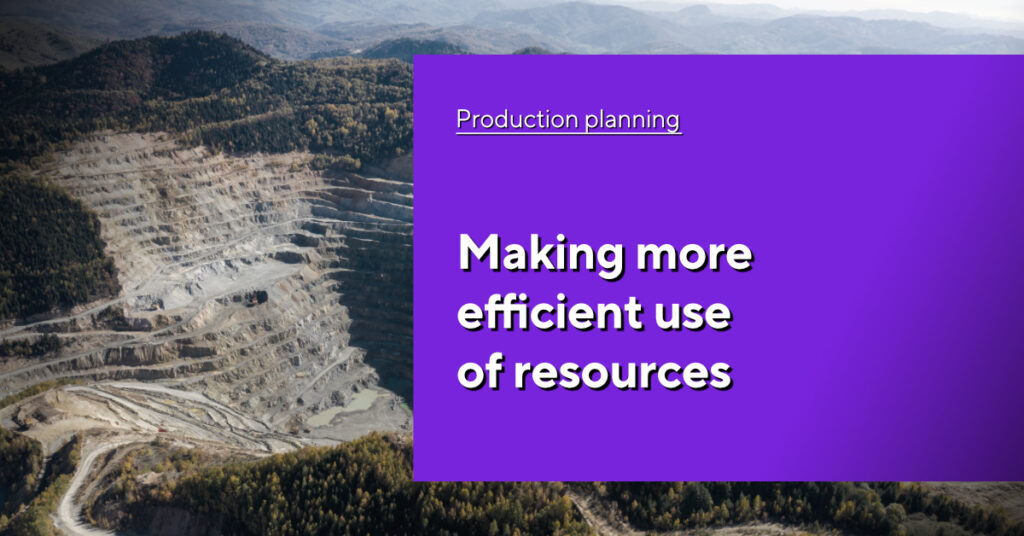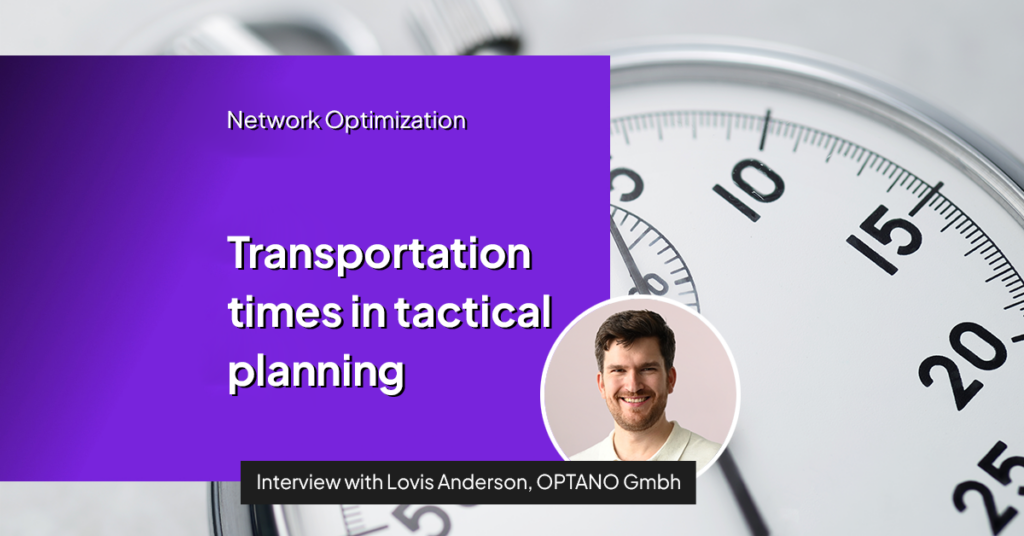Optimized deployment and route planning
Winter is the season in which breakdown services are in high demand. Temperatures below freezing are not just a major headache for car drivers – the cold weather also takes its toll on car batteries. Countless deployments then have to be made to jump-start them. And, of course, the risk of accidents occurring is higher due to black ice on the roads. Extreme weather conditions in winter mean that this time of year is the peak period for breakdown services. Does this mean round-the-clock deployment and continued stress for the employees who have to help at the scene? And do car drivers have to wait long intervals in freezing temperatures until they arrive?
Non-stop deployment for mobile service teams and a long wait for drivers?
In extreme winter conditions, the phones in the breakdown service call centers don’t stop ringing. Rostering breakdown service drivers and vehicles soon becomes a stressful task. When planning the routes, a lot of factors need to be considered. The call center employees enter pertinent information into a database like the type of damage caused and the location of the breakdown or accident.
No two deployments are the same
The data maintained by the call center forms the basis for route planning. Many different factors need to be considered here:
Is the emergency “just” a jump-start? In this case, you only need to despatch one service vehicle. Or is a recovery necessary after an accident on an icy road where perhaps a tow truck is needed? If the vehicle to be recovered is a truck, then a special vehicle may need to be dispatched and the breakdwon service will have to coordinate the job with the appropriate partner service.
Alongside the question of which vehicle is required for which type of damage, the human factor is also an important resource in breakdown services. A reliable roster enables day-to-day business to run smoothly. However, it’s a fact of life that employees are not always able to come into work; due to illness, for example. This is hardly a phenomenon, particularly in winter, but it can greatly impact the rosters and deployment plans.
In order to process the service calls efficiently, it is also important to have up-to-the-minute details: where is the service vehicle right now? And which mobile service employee is working on which emergency call? What is the traffic on the roads like just now? Do we have to consider any traffic jams or road closures?
Too complex to plan manually
At peak periods, large breakdown services in particular accumulate vast amounts of data. This means that deployment and route planning becomes such a highly complex task that it is simply not possible to find an optimal result in a short space of time using manual methods. The lack of an agile system leads to inadequate deployment plans with inefficient routes, not to mention the pressure on the service team to reduce waiting times for the car drivers.
The best deployment plans thanks to mathematical optimization
Route planning is a typical optimization problem, also known as the Traveling Salesman Problem (TSP). The objective of a breakdown service’s deployment plans is to dispatch its mobile service staff and vehicles so that their routes are as effective as possible, thus shortening the distances and driving time.
The service case data entered by the call center employees has to be compared with the locations of the breakdown service’s vehicles. Ideally, the real-time data can be collected by equipping the service vehicles with GPS systems.
By factoring in all of the current service enquiries, each required resource – consisting of service driver and vehicle – is then selected. Traffic data – which is best as real time data – is used, among others, to calculate the optimal route.
OPTANO can do more than “just a bit of” route planning
Planning software such as OPTANO can also find the best solution to this problem with the help of mathematical optimization. Our software is customized to meet any planning challenge. For route planning, OPTANO uses all of the available data – both the input data from the call center and the real time data from the GPS tracker as well as information on the traffic situation. It analyzes this within the shortest time possible using advanced procedures, complex algorithms and, if necessary, solvers.
The result is sequence planning for service drivers and vehicles which – in consideration of all the known factors – pools the service cases and optimizes the routes to be driven. This considerably reduces the driving times and simultaneously increases the number of service cases that have been carried out. This means less stress for the mobile service team and shorter waiting times for the drivers.
More interesting articles
Reliable rostering as a basis for deployment planning
As mentioned above, not only does the deployment of the right vehicle need to be considered but also the human “resource” in a breakdown case. Sound plans should also be created here in order to avoid or at least lessen the impact of the dreaded wave of ailments which tend to hit our hemisphere in the winter. OPTANO plans quickly and easily robust staff deployment by considering various factors such as shift work, weekend and on-call duty as well as annual leave and freetime quickly and easily. Here, the economic aspects, among others, are taken into account: optimal planning is essential to avoid unnecessary added costs such as bonuses for working at weekends and on public holidays. Changes at short notice can be made at the touch of a button and allow for the necessary flexibility.
Forecasts for even better route planning
Buzzwords such as Big Data and the Internet of Things can be named in one breath when optimizing route planning. The amount of qualified data will continue to increase due to the progress in digitalization. Statistical data from actual data to date, which has been extracted by businesses over a long period of time, is a valuable source of information to prepare forecasts.
If all the relevant data is included in the planning, route planners can also look into the future. Based on current and historical data, the use of advanced mathematics and complex algorithms in what is known as predictive analytics can predict what is likely to happen in the future. Prescriptive Analytics goes one step further by giving sound recommendations or instructions on which action to take.
Know what is around the corner: Winter weather, the start of the holidays and pop concerts
For breakdown services, this type of planning, which is based on forecasts, also means that they are better prepared. While the weather can certainly have an influence on the capacity of breakdown services, the start of the school holidays or large events such as football matches and pop concerts are also peak times for breakdown services. Optimal planning is all about being prepared for such things; so that every breakdown can be dealt with quickly and drivers don’t have to wait long in the summer heat when they set off on their journey at the start of the school break.
Winter is far from over
Car drivers can also ensure that they have taken the necessary precautions to avoid having to call a breakdown service. If you replace your old car battery early enough then there won’t be any need to jump-start the car in freezing weather conditions.
Do you already know our factsheet on the topic?

In our factsheet “What are the benefits of mathematical optimization?” we ask 5 questions to help you assess whether mathematical optimization brings benefits to your organization.
To obtain our factsheet, all you need to do is enter your contact details in the space below. A pop-up window will then open to download the whitepaper. Please note that by providing us with your email address, you agree that we may contact you on this topic. You may revoke this agreement at any time by contacting [email protected].








